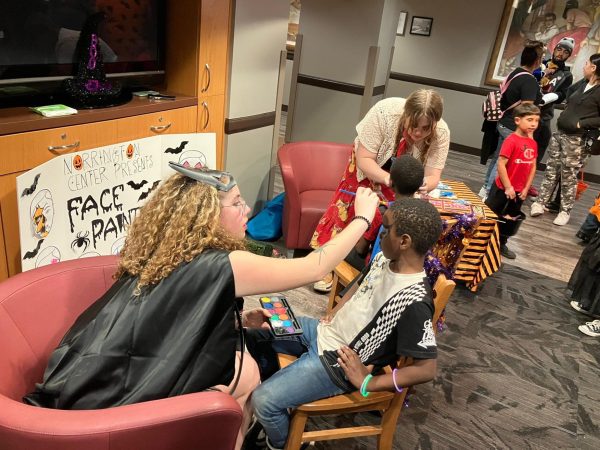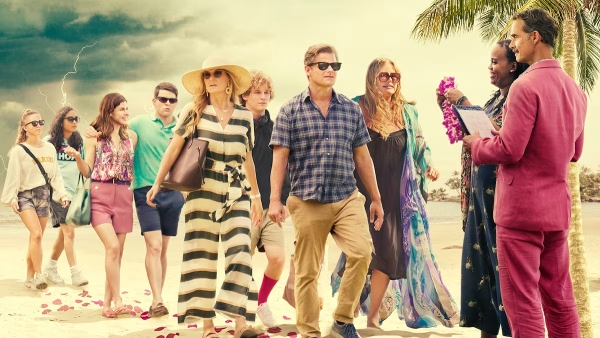Zoos aren’t fun for everyone
Like many people, I have spent a good amount of time at zoos, going from one exhibit to the next to view the pretty animals up close. However, I have always felt an enormous sense of guilt while spending my day to look at these creatures trapped in a cage for humans’ own viewing pleasure. I understand that zoos have some advantageous factors, but the bottom line is these animals are forced to spend their lives locked up in cages that are much too small for them.
I don’t think I have ever met someone who has not visited a zoo. Growing up, I took many field trips to the Kansas City Zoo for educational lessons on animals. While it was nice to be able to see animals in person that I had only previously seen in my textbooks, such as lions and giraffes, I remember telling my teachers that I was sad they weren’t back home, in the country they came from with their families. When I would exit the zoo, I would feel remorse because while I got to leave whenever I wanted, the animals did not. My conscious would heavily weigh on me because the animals were trapped.
With not enough room to roam and be the remarkable and intelligent creatures that they are meant to be, the animals are not able to live an active and fulfilling life. With the polar bears for example, there is not much the large and alluring beasts can do on their exhibit. Whereas as in their natural habitat, they are free to roam the land as far as they desire and swim in the ocean without restraint. The 2013 documentary, “Blackfish,” compared the small pool in which the killer whales at SeaWorld are confined to that of a bathtub. The documentary explains that the lack of space for them to swim is the cause of their bent or collapsed dorsal fins. It is no surprise that the lives of animals in captivity strongly differ from those in the wild. Not only do the caged animals develop different mannerisms, some of their bodies physically change to adapt to their surroundings. So while it is a memorable experience to watch the whales jump in accordance with the music, is it really fair to the animals to live such a constricted and, I would argue, depressing life, simply for your entertainment?
Having said this, there are only four advantages a zoo provides, in my opinion. They are educational; they are a tourist attraction which brings money to the city in which it’s located; they provides a bonding experience to the people that visit together; and, finally, they have the ability to keep the animals safe, especially if they are endangered. I support the efforts to keep animals safe and out of harm’s way, especially if the population of their species is scarce and is in a continuous decline. At the same time, however, a rescue shelter or a protected sanctuary which provides more space would be a better fit for the animals’ well-being, in my opinion.
I do appreciate the opportunity to be able to visit animals in my own city that I would have to travel thousands of miles away, to places like Africa or Antarctica to see. Although I have heard that nothing can compare to the experience of seeing animals on a safari in their natural habitat. The animals are free to perform the activities they would normally do in their day-to-day lives with the humans simply taking a back seat, respectfully visiting the animals’ homes, allowing them to roam as they wish. This is far different than the way we view the animals in a zoo. As opposed to trapping them so we can view them from behind a glass or cage wall, a safari allows viewers to truly comprehend the animals’ beauty and essence.
While the zoo does provide fun-filled days and lasting memories, as well as educational opportunities, I want more people to understand that there are more ethically responsible ways of viewing the animals. While the zoos do provide the animals with proper nutrition and medicine as well as keeping them up to date on their vaccinations, the true essence of their well-being is not fully taken into account.
Therefore, when people do choose to view animals other than what can be found in a pet store, they should consider the many alternatives available for viewing the magnificent creatures.
For example, research nonprofits that work with endangered animals that are in near proximity to where you are whether it be on a vacation or simply in the area in which you live. Nonprofits are in constant need of donations so rather than giving to zoos, first consider providing to organizations that put the best interest of the animals above all else.
Your donation will support the student journalists of Park University. Your contribution will allow us to cover our annual website hosting costs, freeing up other funds for equipment, printing and training.









